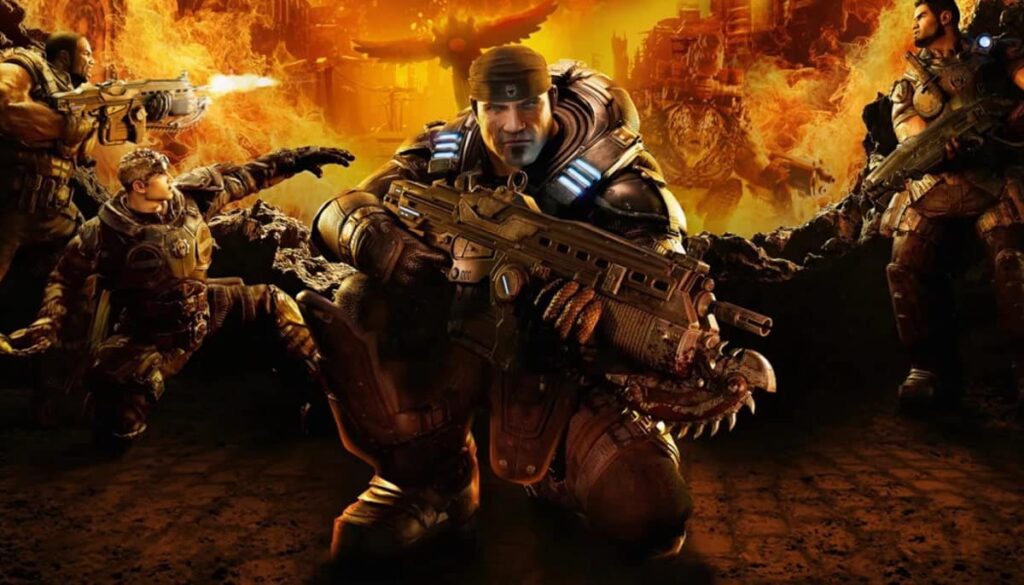Digital collectible card games (also known as TCGs) have rapidly become a pillar of online gaming, engaging millions with their blend of strategy, deck-building, and iconic brand universes. Whether you’re chasing legendary cards in Hearthstone, climbing the competitive scene in Magic: The Gathering Arena, or exploring fresh mechanics in Marvel Snap, digital TCGs offer both thrilling gameplay and complicated monetization systems. With new titles and constant updates, understanding these games’ mechanics, monetization, and the real player experience is essential.
Understanding digital collectible card games and TCG basics
Digital collectible card games, or TCGs, draw inspiration from classic tabletop giants like Magic: The Gathering, Pokémon, and Yu-Gi-Oh! In these online environments, players gather cards, build decks, and battle on PC or mobile platforms. The social aspect and regular updates keep players engaged, while the mix of free-to-play and paid models means anyone can jump in—though the path to true card acquisition and a flourishing collection varies widely by game.
Game classification: Good, bad, and ugly models explained
Every digital TCG falls somewhere on a spectrum from fair and fun to monetization-heavy or even exploitative. The “good” digital collectible card games—like Pokémon TCG Live—prioritize accessible, free-to-play design. These games let players earn cards steadily through play, ensuring everyone can pursue their favorite decks without feeling forced to spend money. The “bad” tier, represented by games such as Magic: The Gathering Arena, isn’t actively malicious but tends toward grind or frustrating paywalls. The “ugly” side, highlighted in the article by Marvel Snap’s recent overhaul, is marked by aggressive monetization that can demand deep wallets to keep up competitively, souring the player experience.
The monetization dilemma: Balancing fun and fairness
Monetization strategies define the true cost of playing digital collectible card games. While free-to-play offers an easy entry point, real progress or access to high-tier gameplay can require sustained investment. Hearthstone, for example, blends frequent expansions and seasonal passes with card packs to buy, while Magic: The Gathering Arena uses wildcards and premium shops. Marvel Snap, after reworking its system, now highlights industry-wide concerns about how aggressive monetization can undermine the free-to-play promise and fragment the competitive scene.
Card acquisition in TCGs—what players need to know
Your path to building powerful decks in these games depends on the mechanics of card acquisition. Some digital collectible card games allow players to unlock new cards purely through gameplay, events, and daily rewards. In contrast, others gate the best cards behind random drops, “booster packs,” or costly purchases. For new players, this can dramatically affect the sense of progression and enjoyment—even influencing competitive balance across the entire player base.
Player experience and the heart of the competitive scene
The health of the competitive scene often mirrors the effectiveness and fairness of the card acquisition model. In communities where skill, strategy, and smart collection-building matter more than spending, player experience thrives. Meanwhile, aggressive monetization disrupts the landscape, turning attention from talent and tactics to purchase power. Digital collectible card games that nurture a vibrant, welcoming competitive scene attract both casual gamers and hardcore ladder climbers, ensuring long-term community strength.
Staying informed: How TCGs evolve over time
Digital TCGs are live service games, with frequent updates altering rules, card pools, and monetization. Community reactions—such as the outcry over Marvel Snap’s new monetization or praise for a more generous Hearthstone event—help developers calibrate the player experience. Staying informed is key; what’s “good” today in the world of digital collectible card games might shift tomorrow with a new patch or in-game marketplace overhaul.
Frequently asked questions about digital collectible card games (FAQ)
Which digital collectible card game is best for beginners?
Pokémon TCG Live and Hearthstone offer beginner-friendly tutorials and generous starter rewards, making them great entry points for new players.
Can you enjoy digital TCGs without making in-game purchases?
Many players find success and fun in free-to-play modes, but the time required to collect competitive cards varies significantly by game and monetization model.
How do I know if a digital collectible card game’s monetization is fair?
Check if the game allows steady progress and access to top cards purely through gameplay, not just purchases. Avoid games where new cards are only realistically attainable with spending.
Why do some games, like Marvel Snap, receive criticism for monetization?
Titles like Marvel Snap are criticized when updates shift focus from fair play to pushing purchases, especially if competitive balance is affected.
Is competitive play accessible to free-to-play players?
In the best digital collectible card games, competitive play is accessible to all. Games with aggressive monetization can make it almost impossible for non-spenders to keep up.
Sources to this article
No first-party sources were directly cited. Insights and framework for this analysis are structured from the investigative article “Digital collectible card games: The good, the bad and the ugly.” Further context includes ongoing community discussions and patch/update histories for titles such as Hearthstone, Magic: The Gathering Arena, Pokémon TCG Live, and Marvel Snap.




